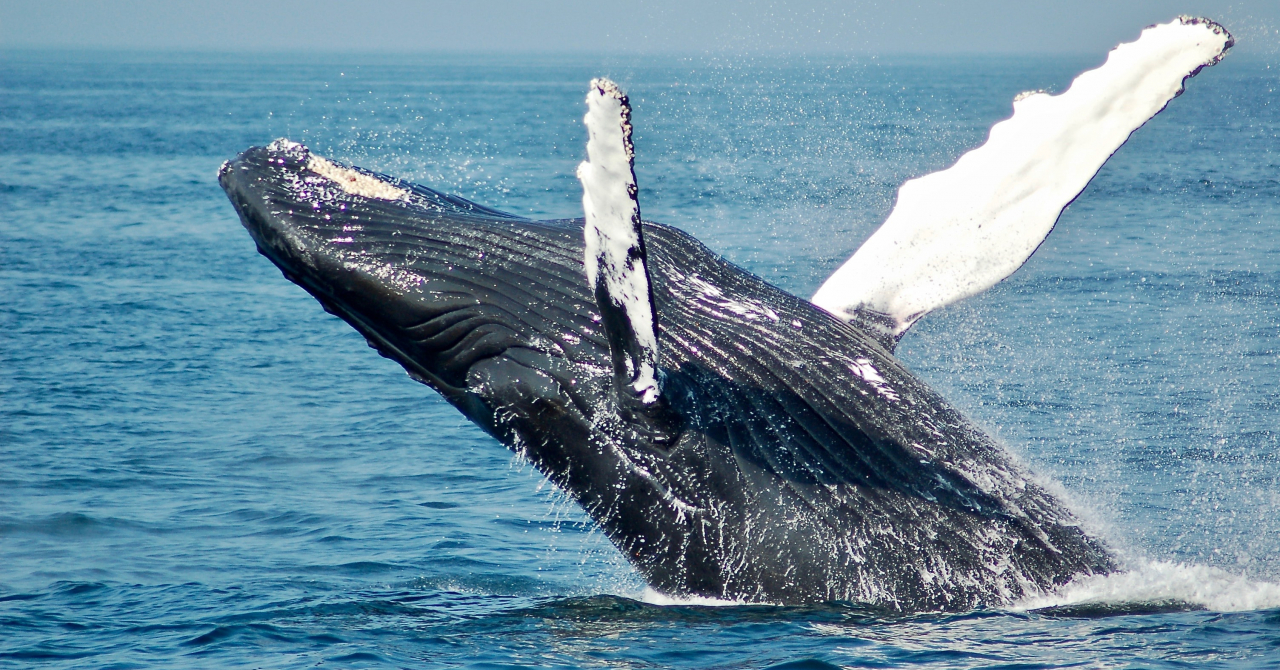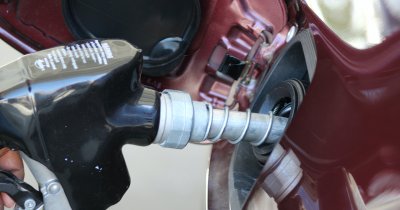Large container ships delivering goods or oil tankers produce the most amount of noise that confuses marine animals, with big size ships delivering up to 190 decibels of noise underwater from their engines, which is the equivalent of a thunderclap or an airplane taking off.
According to the Guardian, the Southern Resident whale population in the Salish Sea area around Vancouver and Seattle, dropped from 90 some whales in the 1990s all the way to around 70 whales in the present day. This means that one or two of these Orcas were lost every year without other being born and raised.
In 2005, this species was listed on the US Endangered Species Act, and the reasons for this decline in population are the noise generated by shipping, chemical pollution and the decrease in food supply.
Since these whales rely on echolocation to hunt, noise dramatically reduces their ability to find food. For example, if a whale is within 200 meters of a container ship or 100 meters of a of a small boat with a running engine, their echolocation ability is reduced by 95%, effectively "blinding" the animal, which can't hunt its prey.
Sound not only allows marine animals to hear and communicate, but also to "see" the world around them, since the deeper they go, the darker it becomes. Also, even at surface, around coastlines, the amount of pollution decreases their visibility range to about a body length.
With the help of sound, they can determine the size of objects, their shape and even consistency.
Chinook salmon, which represents the base food for Southern Resident whales, have dropped in population by 60% since the 1980s and it is speculated that, since the early 2000s, the population is about 10% of what it used to be, meaning that the whales are low on their favorite food.
To limit the amount of noise, ships have to go at slower speeds, which is why in 2017, the city of Vancouver has enacted a voluntary slowdown of shipping traffic that passes through the Haro Strait. Shipping vessels must slow down for about 30 nautical miles in order to reduce the noise generated by their engines, and since the beginning of the project, more than 80% of the ships transiting the area have complied.
Increasing demand for oil, an issue for limiting noise levels
However, with crude oil exports from Vancouver raising in demand since 2018, the increased traffic more than eliminated the progress made by reducing the speed of the ships.
The heavy crude oil from the Alberta region that is delivered to China and South Korea has to pass through the Vancouver Port in its transit, and the Canadian government approved a project that would triple the capacity of the oil pipelines.
A few hundreds of kilometers north of Vancouver the US navy plans to expand on some exercises involving explosives and loud sonar, which could have severe consequences of the fauna in the region.
By its own estimates, such exercises "will kill of injure nearly 3.000 marine mammals and disrupt the feeding, breeding, movements and nursing of 1.75 millions more."
Shipping is a huge issue for marine animals, and it is increasingly becoming a bigger one. In the 1950s, around 30.000 merchant vessels roamed the world's oceans, but now that number is about 100.000, with modern ships having larger, more powerful and noisier engines, since they have to carry way more cargo.
Ambient ocean noise in the North American side of the Pacific increased by about 10 decibels since the 1960s, and some estimates say that ocean noise levels worldwide have doubled every decade since the mid-20th century.
Recreational boats are another source of noise for marine animals, and while the high-pitched noises don't travel as far, they are becoming increasingly annoying for animals living around the shores, and devices such as sonar emit sounds that also affect marine creatures.
The oil industry, a big problem for marine animals
The oil industry that seeks fossil fuels in the oceans stopped using dynamite as their source of finding the fuel, and now use a method that involves shooting pressurized air bubbles into the ocean to map potential locations which can contain oil.
This is by no means less confusing for creatures living in the ocean, as the sounds emitted from these devices can be heard underwater from 4.000 kilometers away.
Unlike chemical pollution, sound pollution can be terminated much quicker, in fact, the moment we'll be able to develop silent or close to silent ships.
While this is still not exactly within reach for most ships, there are some vessels that have quiet engines and transmissions designed not to alarm fish, such as those used by fisheries researchers and military ships, that have been designed to be quiet for a while in order to be harder to detect.
Slowing down is also a solution, as by doing so by 10 or 20% could even halve noise levels.
About half of the oceanic noise comes, in fact, from old, inefficient ships, which represent one-tenth or one-sixth of the total ships around the world.
Electric ships could also be a solution, as they would be nearly dead silent, while providing similar or better performance compared to existing traditional ships, that is if electric cars are to be taken as an example.
Since whales and other marine animals communicate at very long distances by sound, it is important for us to change the way we travel by sea, the way we transport goods and the way we interact with our waters in general, to ensure these animals the best chance for survival.
 Mihai - Cristian Ioniță
Mihai - Cristian Ioniță












Any thoughts?